South Asian nations need a collective plan to tackle climate change
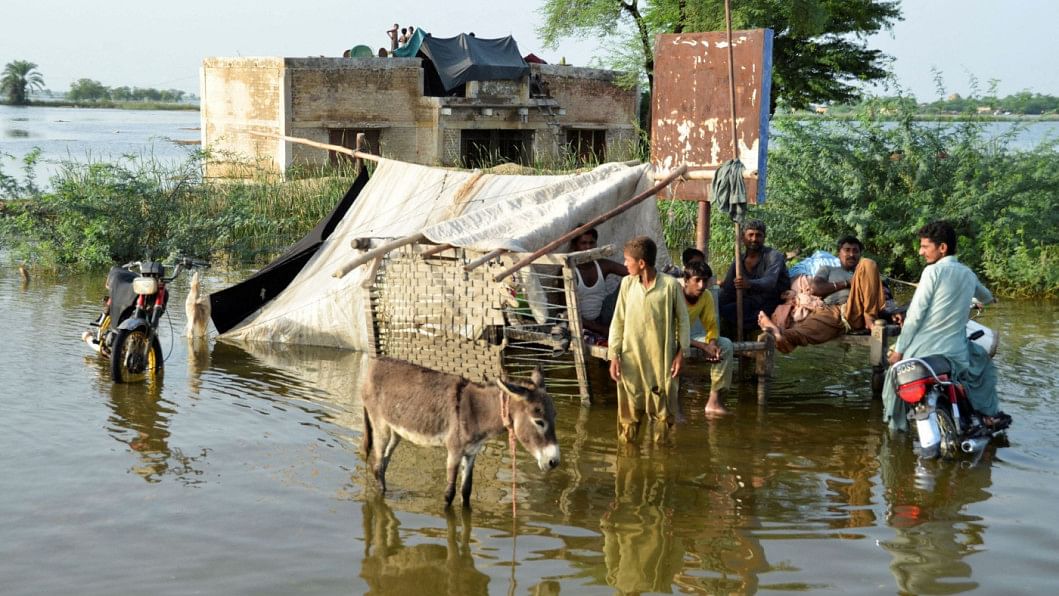
The unbearable heat during this summer across South Asia and beyond and the deadly flood in Pakistan in August are stark reminders of the impact of climate change on these countries' economies, human beings, and ecology. The recent devastating flood in Pakistan is said to have killed nearly 1,500 lives and cost the economy over USD 10 billion as of now. While precipitation in South Asia has always been highly variable, the annual rainfall has steadily declined in some regions, triggering droughts, and increased in others, causing flash floods. This is due to climate change; anthropogenic climate change is responsible for the increase in the frequency, intensity, and amount of heavy rainfall globally. Many countries in the region also face the challenge of a rising sea level. The Intergovernmental Panel on Climate Change (IPCC) predicted that the region would experience a sea-level rise leading to a loss of its land surface and internal migration.
Weather variations and climate change due to global warming have caused severe economic damage and loss of lives. In the last two centuries, 20 out of 23 major cyclones in the world have occurred in the region – particularly in Bangladesh and India. In 2007, Cyclone Sidr destroyed cropland, forest resources, livestock, and crop production in Bangladesh. In Nepal, forest fires destroyed community forests in 2016, and landslides regularly claim lives each year. Sri Lanka faces huge crop losses due to groundwater salinity and coastal erosion. According to the Asian Development Bank (ADB), GDP in the South Asian economies may be reduced by 11 percent in 2100 under the business-as-usual emissions scenario.
Over the years, the South Asian countries made tremendous progress in terms of higher economic growth and per capita income. They have experienced structural transformation in their economies, with a decrease in the share of agriculture and an increase in that of industry and services sectors. Such impressive growth, however, does not readily guarantee sustainable development as the region is facing many climate-induced challenges. The vulnerability to climate change has been adversely impacting human settlements, infrastructure, agricultural production, food security, water quality and human health in the region.
Therefore, economic growth must be accompanied by the internalisation of greenhouse gas (GHG) emissions in policy discourses and the adaptive capacity to deal with the impact of climate change for sustainable growth. Sustainable Development Goal (SDG) 13 calls for taking urgent steps to combat climate change and its impacts. Climate change can also hamper progress towards SDGs such as poverty eradication, zero hunger, health, water, clean energy, infrastructure, economic growth, sustainable cities, and the overall well-being of society, as well as increase the cost of implementing SDGs. Since the South Asian countries are committed to implementing the SDGs by 2030, they must prioritise these challenges.
Given the nature of climate-induced problems faced by the countries in South Asia, policymakers should undertake both adaptation and mitigation measures. First, most countries in the region are severely affected by climate change despite being insignificant emitters. Hence, adaptation measures in the region must be scaled up to enhance adaptive capacity, strengthen resilience and reduce vulnerability to climate change, as laid out in the Global Goal on Adaptation (GGA) in the Paris Agreement.
Second, substantial investments must be made in renewable energy to make agriculture, manufacturing, construction, and transport sectors greener. In most South Asian countries, energy is the major source of carbon dioxide emission, followed by either construction or transport sector. With the structural change in these countries, their economies rely on industrialisation for steady growth and development. Hence, though the share of GHG emissions by the South Asian countries together is only 8.36 percent of the total global emissions, mitigation measures must continue. At the 26th annual climate summit (COP26) last year, South Asian countries made commitments towards reducing carbon emissions in the coming decades. For example, Bangladesh committed to reduce its GHG emissions by 6.73 percent by 2030 in five sectors, namely power, transport, industry, waste, and land use. With additional finance and technology from external sources, Bangladesh can reduce GHG emissions by 15.12 percent.
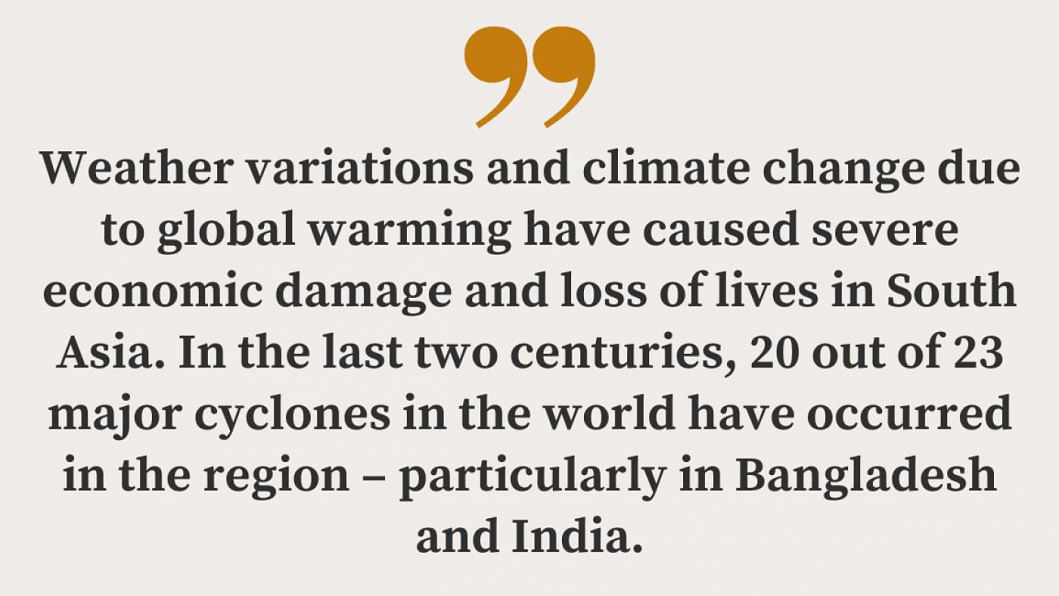
Third, implementation of mitigation and adaptation measures require significant financial resources. The South Asian countries must consider transboundary action and collaboration on mitigation and adaptation by setting up a separate fund among themselves to address the impacts of climate change on the lives and livelihoods of people. This fund should be spent for emission reduction, scaling up economic loss reduction, and in the aftermath of climate-related disasters. A cross-governmental approach to adaptation and mitigation planning can ensure that such a fund yields climate-resilient development. An expert group of the relevant ministries, agencies and departments can be brought together to create an appropriate plan of action and ensure proper monitoring. The group can further involve public and private stakeholders to share their respective experiences and make climate financing more useful.
In addition, South Asia must also demand financial and technological support from the developed countries as part of the latter's global commitments. The ever-increasing global GHG emission is a threat to all economies in the world, including those in South Asia. Such support should be based on the scientific analysis of requirements, with funds being provided based on the scale and extent of damage due to global warming under various scenarios.
Fourth, given the severity of climate change, countries within the region must incorporate the SDGs in their development plans to achieve climate-related objectives in a more systematic way. Some of the countries, including Bangladesh, have undertaken this useful exercise, which helps demonstrate how various SDGs are interconnected and how national goals are aligned with the SDGs. This process provides clarity on the responsibilities of various stakeholders, such as policymakers, the private sector, non-government organisations, rights-based organisations, development partners, and the media. This can also be useful to ensure better allocation of resources for specific climate-related goals and targets.
Finally, climate change is cross-border in nature, and so must be the solutions. To combat the impact of climate change and achieve the SDGs, concerted actions are needed. Such collaborative efforts must be between the South Asian countries and the developed nations.
Dr Fahmida Khatun is executive director at the Centre for Policy Dialogue (CPD). Views expressed in this article are the author's own.

 For all latest news, follow The Daily Star's Google News channel.
For all latest news, follow The Daily Star's Google News channel. 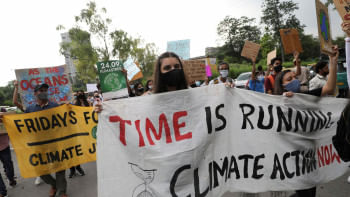

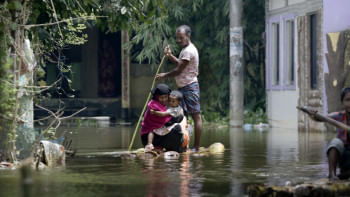



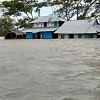





Comments